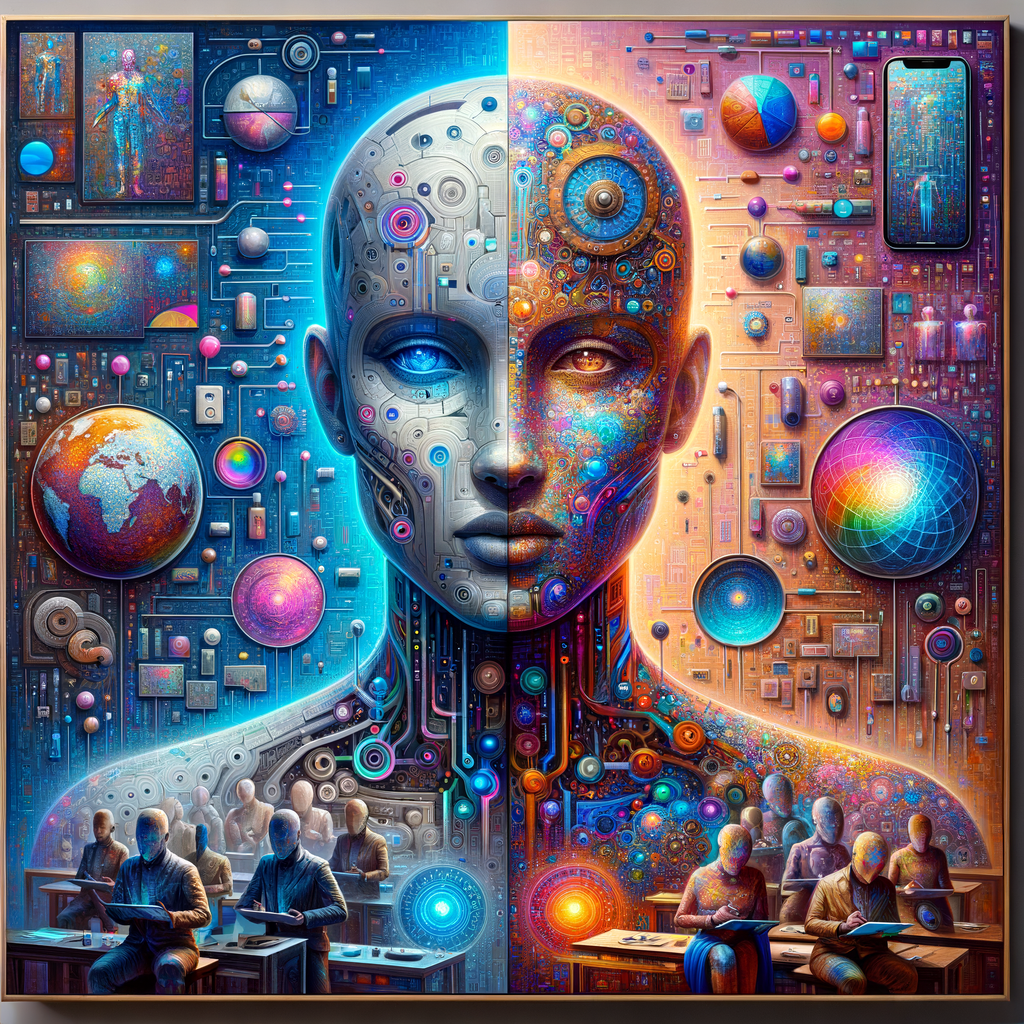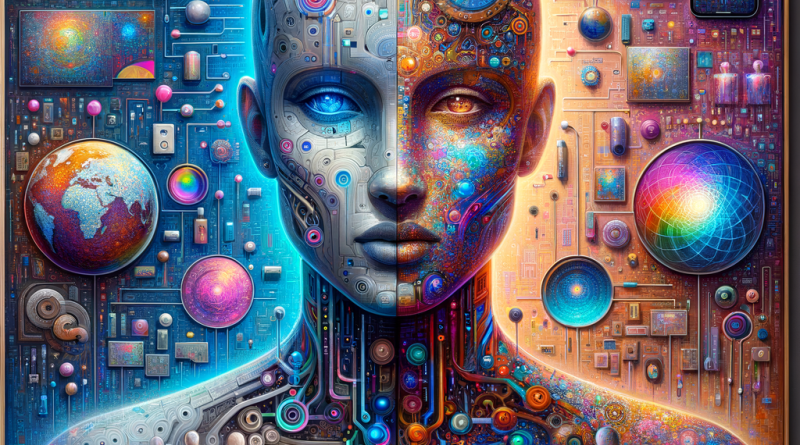AI Reaches Milestone as GPT 45 Passes the Turing Test

AI Breaks Barriers: GPT-4.5 Passes the Turing Test
The artificial intelligence race has just reached an extraordinary milestone—OpenAI’s GPT-4.5 has officially passed the Turing Test. Often seen as the holy grail of machine intelligence, this breakthrough pushes AI closer to being indistinguishable from human cognition—in text, at least.
So… What Exactly Is the Turing Test?
Let’s rewind a bit for those not steeped in tech theory. Way back in 1950, the legendary mathematician Alan Turing posed a profound question: “Can machines think?” He developed a test to answer that very question. In essence, if a computer’s responses are indistinguishable from a human’s, it “passes” the test. Simple in idea, complex in execution.
GPT-4.5’s Groundbreaking Test Results
A recent study conducted by the Language and Cognition Lab at UC San Diego put GPT-4.5 to the challenge. They redesigned the classic Turing Test for modern AI, including both contextual and persona-based variations.
| Scenario | AI Identified as Human | Actual Human Identified Correctly |
|---|---|---|
| Persona Condition | 73% | 67% |
| No Persona Condition | 36% | — |
The takeaway: when given a defined personality or context, GPT-4.5 convincingly mimicked human conversation—better than real humans in some cases!
Why This Matters
The implications are far-reaching. We’re not just talking about quirky chatbots anymore. We’re diving into a new reality where AI can:
- Act as customer service agents that genuinely feel human
- Hold debates in educational settings
- Participate in psychological or medical screenings
- Support therapy and mental health counseling
But there’s a bigger elephant in the room: What does this mean for trust, authenticity, and even AI ethics?
Who Did It and How?
The study involved 300 human participants. Each interacted simultaneously with both a human and GPT-4.5, without knowing which was which. Guided by structured and unstructured prompts, these users then identified who they thought was human.
This experiment marked a pivotal shift—contextual AI is the real game-changer. Plain responses from AI still sound robotic. But give the AI a personality, emotion, or situational backstory? Suddenly, it sparkles with realism.
What’s Next for AI?
Even as Meta struggles post-resignation of AI research head Joelle Pineau, other companies like OpenAI and Anthropic are pushing the boundaries. With GPT-4.5 through the doors of the Turing Test, the future of generative AI isn’t just text generation—it’s replication of human thought patterns.
Infographic: Where GPT-4.5 Stands in AI Evolution

Risks and Responsibilities
But let’s be cautious. With great power comes the impossibly tricky task of regulation. Will AI impersonate without detection? Can it manipulate truth in online conversations or even elections?
These aren’t sci-fi fears. They’re tangible concerns we must address alongside AI’s growing intelligence.
Expert Resource Recommendations
🥽 If you’re curious to dig deeper, consider exploring:
- AI Safety Info – Resources on AI risks and mitigation
- Future of Life Institute’s AI Ethics Letter
- UCSD Research Paper on the Turing Test Experiment
Conclusion: Is AI Becoming Too Human?
This moment in tech history shouldn’t be overlooked. GPT-4.5 crossing the threshold of the Turing Test means we’re heading toward unprecedented symbiosis between humans and machines.
The question is no longer “Can AI mimic humans?” It’s, “How do we live in a world where AI can pass as one of us?”
Have your thoughts changed on what AI can or should do?
Share in the comments below. Let’s open the conversation!
Tags:
#ArtificialIntelligence #GPT4 #TuringTest #AITrends #MachineLearning #OpenAI #AIandEthics #TechBreakthrough #FutureOfAI #UCSD #GenerativeAI #AIResearch
